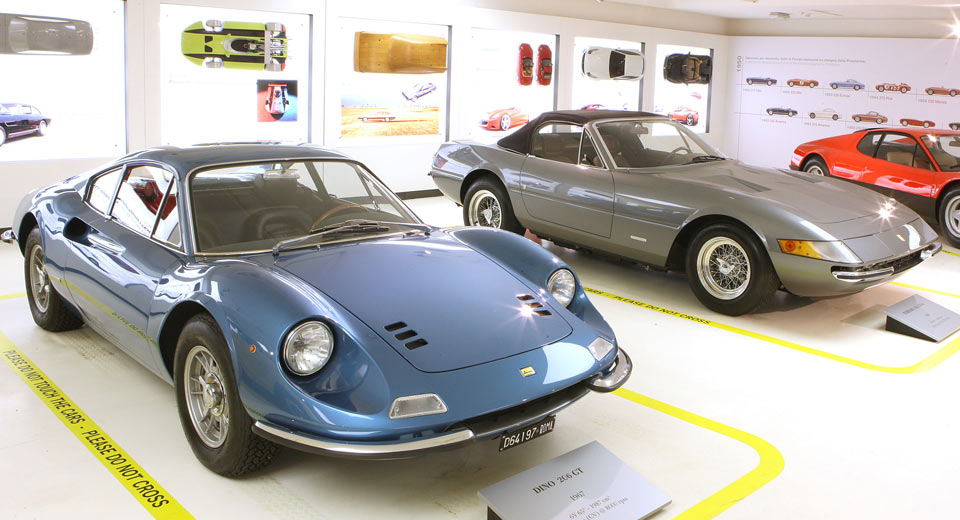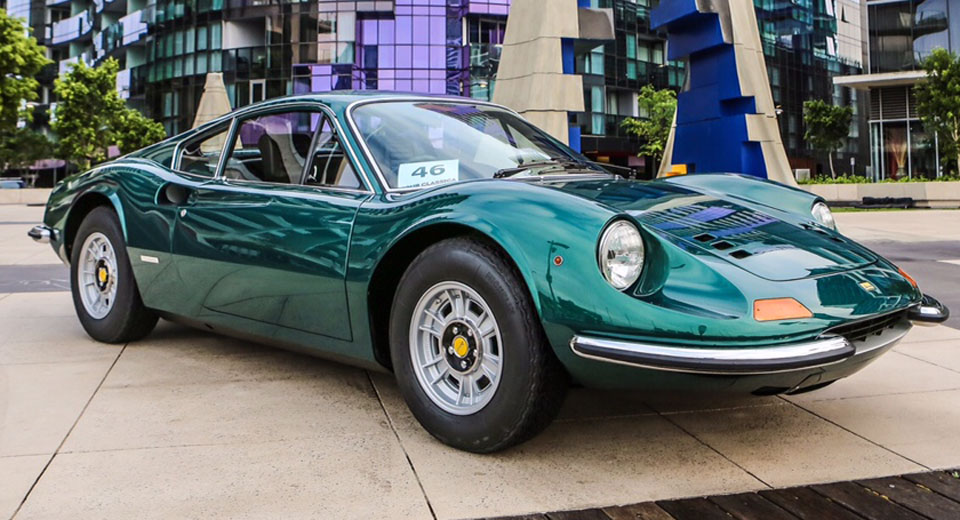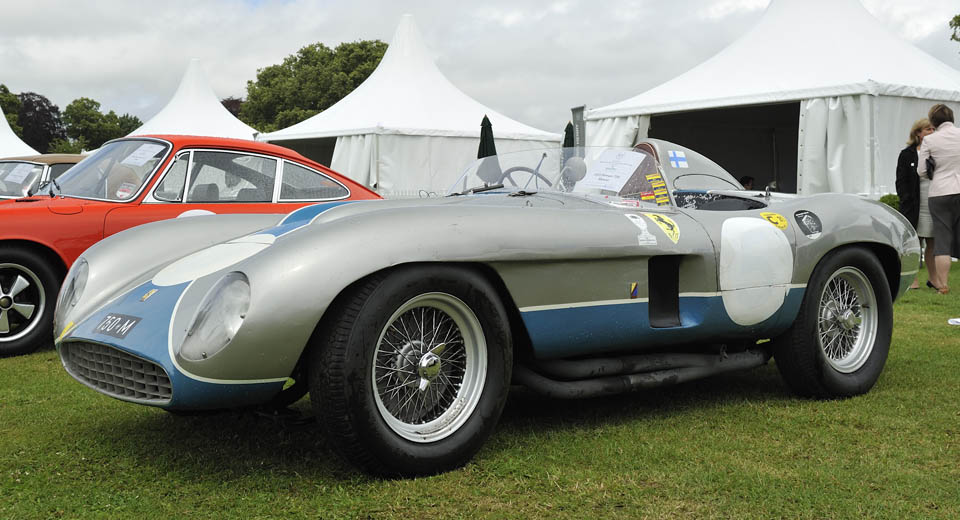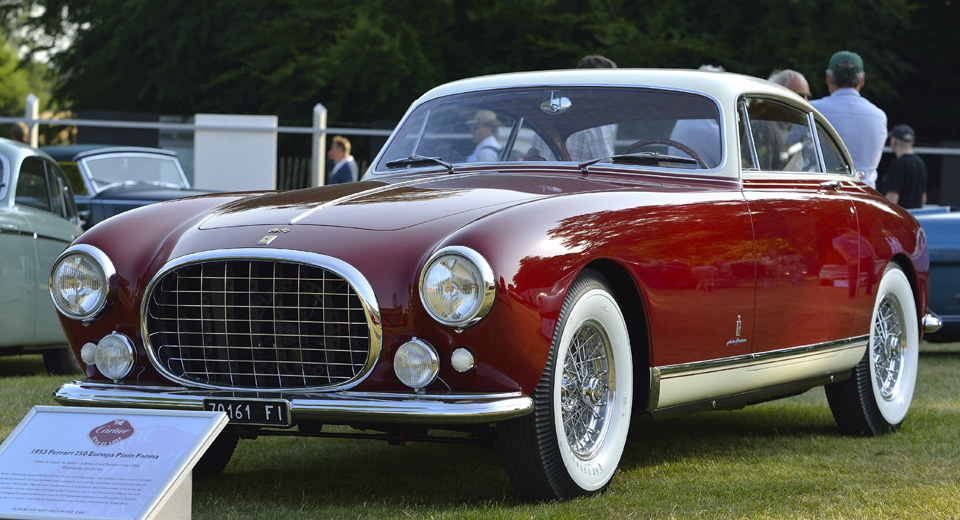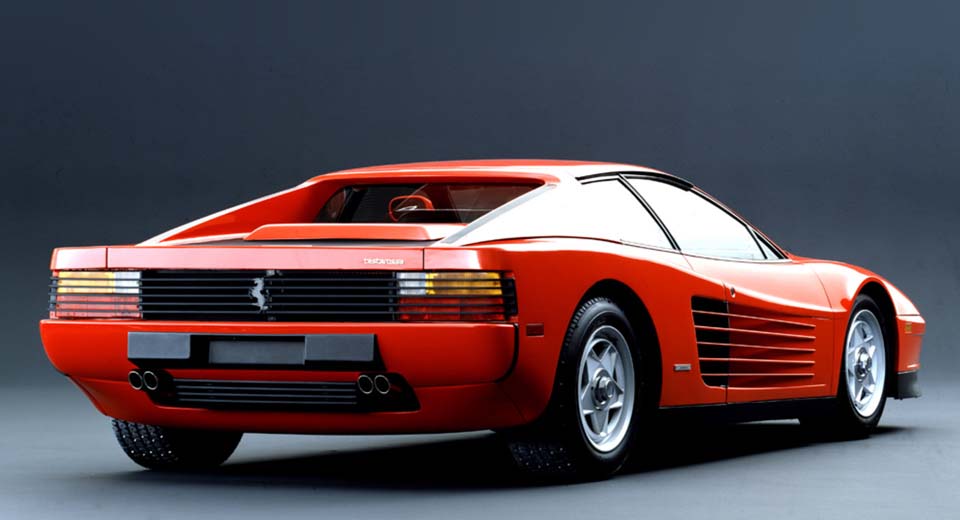There was a while there when Ferrari was coming up with new nameplates to go with its alphanumeric model names – or at least drawing inspiration from fresh sources.
It named some models after places (like Maranello, Modena, and Italia) or even institutions within its own organization (like Fiorano and Scaglietti) that are important to the marque.
But these days it’s been reviving nameplates from its own archives instead. That’s how new models have received names like Lusso, California, Superfast, Superamerica, TdF, and even GTO.
The question on our minds, then, is what the Prancing Horse marque will pull out of the history books next. Here are five of our best guesses, with a little bit of contextual history on when the name was used last. Don’t be surprised to see at least one of them on the back of a new Ferrari in the near future.
Dino
Without a doubt, the most pervasive rumor surrounding Ferrari has concerned the return of the Dino. The name belonged to Enzo Ferrari’s son who died at age 24 (due to complications resulting from his muscular dystrophy) and for whom a range of mid-engined six- and eight-cylinder models was dedicated – the most memorable of which was arguably the 246 GT. The line ended in 1986, and pretty much ever since, the Prancing Horse marque has been rumored to be bringing it back on a new “entry-level” model.
Monza
A four-cylinder Ferrari? There was a time when that was a reality, embracing a lighter weight than the twelve, eight, or even six-cylinder models for which the marque has become known. Arguably most notable among them was the 750 Monza which looked like a lighter version of the 250 Testa Rossa and got its name when Mike Hawthorn and Umberto Maglioli drove it to victory upon its debut at the legendary circuit in 1955. (It was also the car in which Alberto Ascari crashed and died that same year.)
One of the world’s first racing circuits and the longtime home of the Italian Grand Prix, the Monza name could be due for revival under the Prancing Horse marque – particularly if the current trend in engine downsizing ever prompts it to go back to four cylinders, however unlikely that may seem.
Europa
Another naming trend has had Ferrari zooming out geographically, as it were. In 1996 it launched the Maranello. In ’99, the Modena. In 2009, the Itaia. So what’s next? Europa, perhaps.
The name was used on a derivative of the legendary 250 series, with sophisticated (if somewhat sober) bodywork to serve as a long-wheelbase grand tourer. It could make a suitable name for whatever comes next after the GTC4 Lusso, and would be a better choice, in our eyes at least, than bringing back the oft-maligned Mondial.
Testarossa
For those of us who grew up in the 1980s, the Testarossa remains the very embodiment of the Ferrari supercar: pop-up headlights, wide tail, strong curves, and those instantly recognizable side strakes.
With its boxer twelve engine mounted amidships, it remained in production from 1984 until its eventual demise (as the F512 M) in 1996. Of course that wasn’t the first time application of the name – from the Italian for “redhead” due to its red cam cover – tracing back to the pontoon-fendered 250 Testa Rossa from 1957.
In our book, either would make a suitable icon for Ferrari to revive in the future, though it may be a while before they’re ready to embrace the spirit of the Eighties again in Maranello.
Daytona
This may come as a surprise, but Ferrari never made a Daytona. It made a 365 GTB/4 which was only unofficially dubbed by the public as the Daytona. As the story goes, the press (that’s us) had already named the model as such, in honor of the marque’s 1-2-3 finish at the 24 Hours of Daytona the previous year, before Ferrari revealed the model in 1968.
The manufacturer may or may not have been planning to call it that from the get-go, but Enzo (in his notorious intractability) wasn’t about to have his mind made up for him. All the same, the name has legendary cachet to it, and with the namesake founder now long since departed, Ferrari would be apt to bring it back – officially this time.



